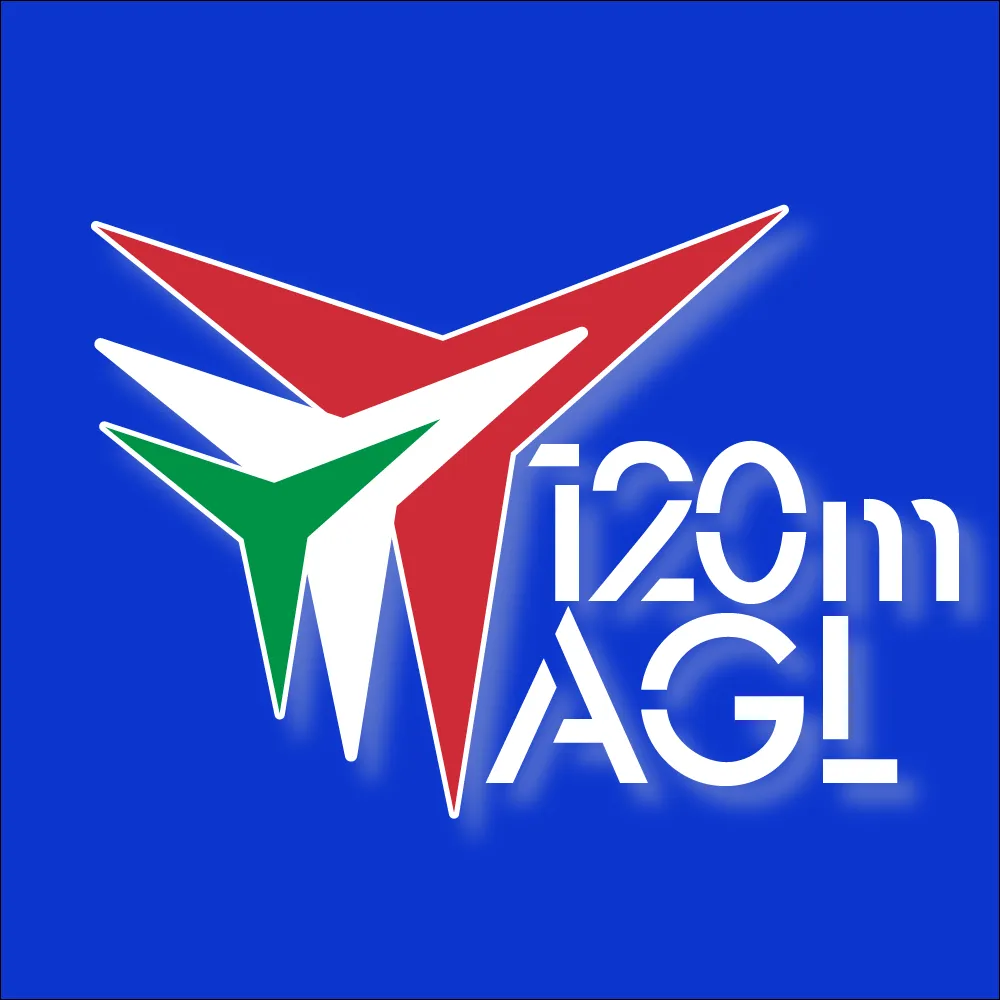FAQ on UAS Operational Limitations
1. Do I need a license to fly a drone in the 'open' category?
Yes, you need to complete an online training course and pass an exam to obtain a certificate if your drone weighs more than 250g or has a camera. This applies to all operations in the 'open' category. (Reg 2019/947 Art. 5)2. What are the altitude limits for flying my drone?
In the 'open' category, you must not exceed an altitude of 120 meters above ground level (AGL). If you wish to fly higher, you will need specific authorization under the 'specific' category. (Reg 2019/947 Art. 4)3. Can I fly my drone near an airport?
You cannot operate your drone in controlled airspace without prior permission. Always check for airspace restrictions and obtain necessary clearances before flying near airports. (Reg 2019/947 Art. 5)4. What are the requirements for flying in the 'specific' category?
To operate in the 'specific' category, you must conduct a risk assessment and potentially obtain an operational authorization from the competent authority. This includes compliance with the specific conditions outlined in your authorization. (Reg 2019/945 Art. 61)5. How do I perform a risk assessment for my drone operation?
Follow the guidelines provided by EASA, which require you to identify potential hazards, evaluate risks, and implement mitigation strategies. You can refer to the Acceptable Means of Compliance (AMC) for detailed procedures. (Reg 2019/947 Art. 11)6. What happens if I fly my drone beyond the visual line of sight (VLOS)?
Flying beyond VLOS without authorization can lead to significant penalties, including fines or suspension of your flying privileges. Always ensure you have the appropriate permissions for such operations. (Reg 2019/947 Art. 5)7. Do I need insurance to operate a drone commercially?
Yes, commercial drone operators are required to have liability insurance that covers potential damages caused during operations. This is a critical requirement for maintaining compliance in the 'specific' category. (Reg 2019/945 Art. 58)8. What are the restrictions for flying over populated areas?
You must not fly over assemblies of people unless you have specific authorization. If you plan to operate in such areas, ensure you conduct a thorough risk assessment and obtain the necessary approvals. (Reg 2019/947 Art. 5)9. How do I check for airspace restrictions before flying?
Utilize online tools and apps that provide real-time airspace data. Always consult local aviation authorities and check NOTAMs (Notices to Airmen) to ensure compliance with airspace regulations.10. What if I accidentally fly into restricted airspace?
If you unintentionally enter restricted airspace, you should land your drone immediately and report the incident to the relevant authorities. It's crucial to maintain compliance and avoid potential penalties. (Reg 2019/947 Art. 5)11. Are there specific regulations for night flying?
Yes, night flying is permitted in the 'open' category only if your drone is equipped with lighting that allows you to see and control it safely. Always verify local regulations as they may vary. (Reg 2019/947 Art. 5)12. Can I use my drone for aerial photography commercially?
Yes, but you must comply with the regulations for commercial operations, including obtaining the necessary permits and ensuring your drone is classified appropriately. (Reg 2019/945 Art. 61)13. What are the consequences of flying without proper authorization?
Flying without the necessary authorizations can lead to severe penalties, including fines, suspension of your drone license, or even criminal charges. Always ensure compliance with EASA regulations. (Reg 2019/947 Art. 5)14. How do I report a drone incident or accident?
You should report any incidents or accidents to your national aviation authority as soon as possible. This includes any safety breaches or accidents that may involve other aircraft or people.15. What should I do if I'm unsure about a regulation?
If you are uncertain about any regulations, consult official EASA documentation or contact your local aviation authority for guidance. This ensures you remain compliant and operate safely.Disclaimer: Regulations may change - always verify with official sources. This is educational content - not legal advice. Consult official EASA documentation for complete requirements. For more information on drone regulations, visit 120mAGL.com . Always prioritize safety and responsible drone operation.
EASA Regulatory Compliance Notice
This content is for educational purposes only and is based on EASA regulations current at the time of generation.
Always consult the official EASA documentation and your local aviation authorities for the most current regulations and legal compliance requirements before operating any UAS.

